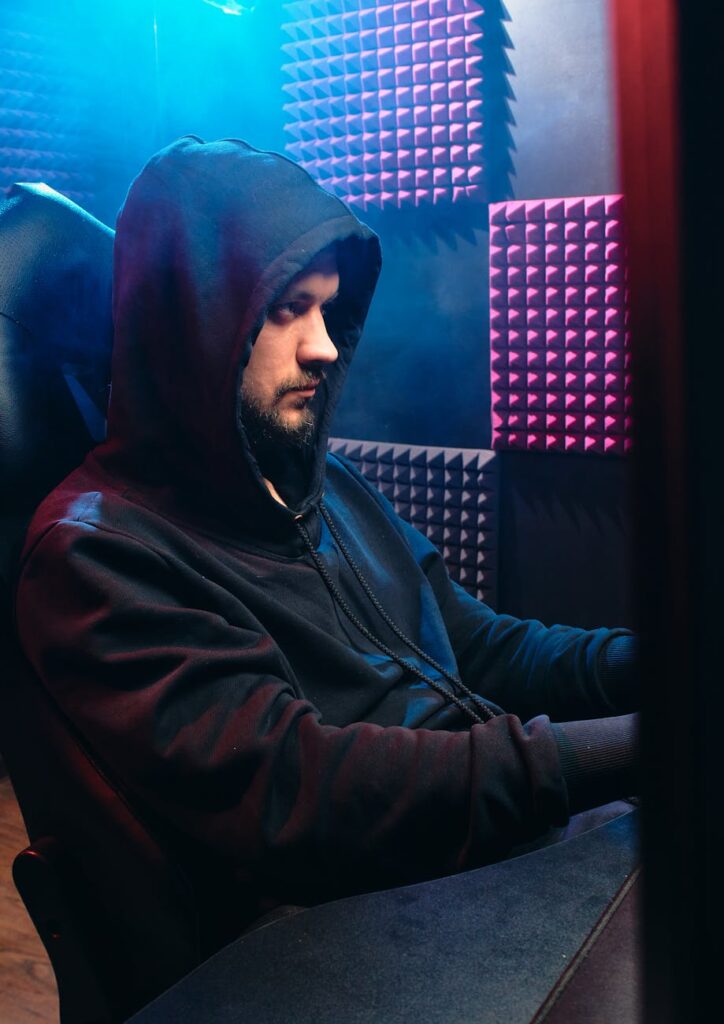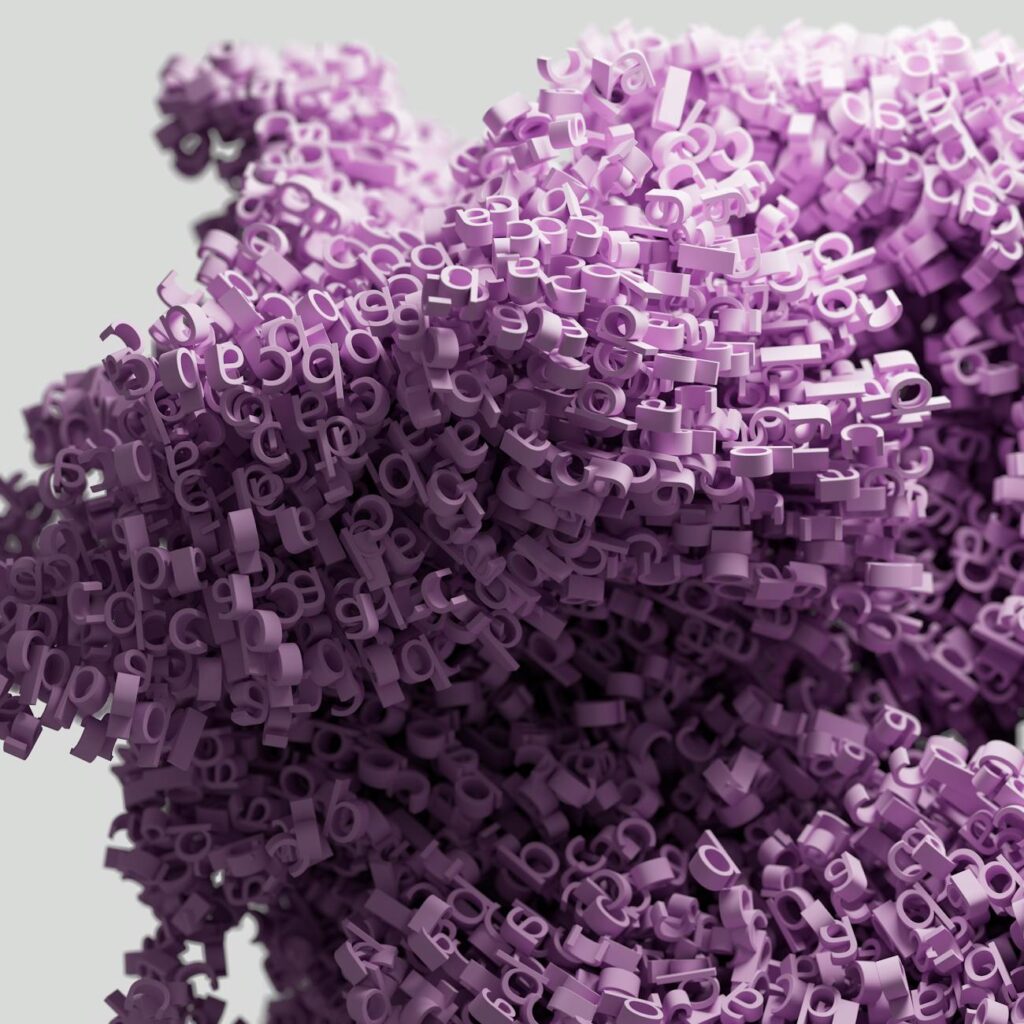The Double-Edged Sword: Your Definitive Guide to AI and Automation
Let’s be honest. You can’t scroll through a news feed or sit in a business meeting these days without hearing the terms. They’re everywhere. Whispered with a mix of excitement and, frankly, a little bit of fear. We’re talking about AI and automation. For some, they represent a utopian future of unparalleled efficiency and creativity. For others, they’re the ominous drumbeat signaling the end of work as we know it. The truth? It’s complicated, messy, and somewhere in the middle. This isn’t just about robots on an assembly line anymore. It’s about the software that helps your doctor diagnose diseases, the algorithm that suggests your next favorite song, and the systems that are quietly reshaping the very fabric of our economy. So, let’s cut through the noise. This is your guide to understanding what’s really happening at the intersection of artificial intelligence and automation, what it means for you, and how to navigate the incredible changes already underway.
Key Takeaways:
- AI is the ‘brain’ that makes decisions, while automation is the ‘body’ that performs the tasks. Their combination creates intelligent systems that can learn and adapt.
- The impact of AI and automation extends far beyond manufacturing, transforming industries like healthcare, finance, logistics, and even the creative arts.
- The conversation about jobs is shifting from ‘job replacement’ to ‘job transformation,’ creating a demand for new skills and roles that work alongside intelligent systems.
- Successfully implementing this technology requires a strategic approach focused on solving real problems, not just adopting tech for its own sake. The human element remains critical.
First Things First: What Are We Actually Talking About?
Before we dive into the deep end, we need to get our definitions straight. ‘AI’ and ‘automation’ are often used interchangeably, but they’re distinct concepts. Think of them as two powerful forces that become truly revolutionary when they join hands.
Breaking Down Artificial Intelligence (AI)
AI isn’t Skynet. Not yet, anyway. At its core, Artificial Intelligence is the science of making machines smart. It’s about creating computer systems that can perform tasks that normally require human intelligence. This includes things like learning from experience, understanding natural language, recognizing patterns, and making decisions. It’s not just one thing; it’s a broad field with many sub-disciplines.
- Machine Learning (ML): This is the most common type of AI you interact with daily. Instead of being explicitly programmed, a machine learning model is ‘trained’ on vast amounts of data. It learns to identify patterns and make predictions. Think of Netflix’s recommendation engine or the spam filter in your email. They weren’t programmed with a list of every possible bad email; they learned what spam looks like from millions of examples.
- Natural Language Processing (NLP): This is what allows machines to understand and respond to human language. Every time you talk to Siri, Alexa, or Google Assistant, you’re using NLP. It’s incredibly complex, dealing with slang, context, and sarcasm.
- Computer Vision: This gives machines the ability to ‘see’ and interpret visual information from the world, like images and videos. It powers everything from facial recognition on your phone to quality control cameras that spot defects on a production line.
The key takeaway for AI is that it’s about cognition and decision-making. It’s the brain of the operation.
Understanding Automation
Automation, on the other hand, is a much older concept. It’s all about using technology to perform a task or a process with minimal human assistance. The classic example is the factory assembly line, where robots perform repetitive, physical tasks. But automation today is far more sophisticated.
A key player here is Robotic Process Automation (RPA). Don’t let the name fool you; these aren’t physical robots. RPA refers to software ‘bots’ that can be programmed to perform repetitive, rule-based digital tasks. Imagine a bot that logs into a system, copies data from a spreadsheet, pastes it into a CRM, and then sends a confirmation email. It’s a digital workforce for boring, repetitive admin work. It’s fast, it’s accurate, and it never gets tired or needs a coffee break. The focus of automation is on execution and action. It’s the muscle.
The Power Couple: Where AI and Automation Intersect
Here’s where the magic happens. When you combine the ‘brain’ of AI with the ‘muscle’ of automation, you get something truly transformative: Intelligent Automation.
Standard automation is dumb. It follows a script. If something unexpected happens, it breaks. But when you infuse it with AI, the system can handle exceptions. It can learn. It can adapt. An RPA bot might get stuck if an invoice format changes. An AI-powered bot could use computer vision to recognize the new format, extract the relevant data, and continue its work without human intervention. That’s a game-changer.

The Real-World Impact: More Than Just Chatbots and Robots
It’s easy to think of this technology in abstract terms, but its impact is already tangible, visible, and deeply embedded in industries you might not expect. This isn’t science fiction; it’s the new operational reality for thousands of companies.
Revolutionizing Healthcare
Healthcare is an industry drowning in data and paperwork. AI and automation are providing a lifeline. AI algorithms are now capable of analyzing medical images—like X-rays and MRI scans—with a level of accuracy that can match, or even exceed, human radiologists. This doesn’t replace the doctor. It acts as a powerful second set of eyes, flagging potential issues and allowing the expert to focus on the most complex cases. On the automation front, RPA bots are handling patient scheduling, insurance claim processing, and billing, freeing up administrative staff to focus on patient care. This isn’t about removing the human touch; it’s about automating the bureaucracy to enhance it.
Transforming Logistics and Supply Chain
Think about the journey of a single package you order online. It’s a logistical nightmare of epic proportions. Or it used to be. Today, warehouses are patrolled by autonomous mobile robots that zip around, picking items from shelves and bringing them to human packers. AI-powered route optimization software recalculates delivery routes in real-time based on traffic, weather, and new pickups, saving fuel and time. Predictive analytics can forecast demand for products with incredible accuracy, preventing stockouts and reducing waste. This entire ecosystem, from warehouse floor to your front door, is a symphony of intelligent automation at work.
“The first rule of any technology used in a business is that automation applied to an efficient operation will magnify the efficiency. The second is that automation applied to an inefficient operation will magnify the inefficiency.” – Bill Gates
Even Creative Fields Aren’t Immune
For years, the safe harbor from automation was creativity. A robot could weld a car door, but it couldn’t write a poem, right? Well, that’s changing too. Generative AI models like DALL-E 2 and Midjourney can create stunningly complex and original artwork from simple text prompts. AI tools can compose music, write surprisingly coherent articles (ahem), and even generate code. This is causing a massive stir in creative industries. Is it a tool or a replacement? The consensus is leaning towards ‘tool’—a powerful co-pilot that can help artists, writers, and designers brainstorm, overcome creative blocks, and execute their visions faster than ever before. It’s not replacing the artist; it’s giving them a new kind of paintbrush.
The Big Question: The Role of AI and Automation on Our Jobs
Okay, let’s talk about the elephant in the room. The fear that automation is coming for our jobs is real and, in some cases, justified. Repetitive, predictable tasks—whether physical or digital—are prime candidates for automation. And yes, this will cause displacement in certain sectors. Ignoring that fact is naive. But the narrative is far more nuanced than a simple story of human vs. machine.
Job Displacement vs. Job Transformation
History is filled with examples of technology-driven job displacement. The invention of the loom displaced weavers. The automobile displaced blacksmiths and stable hands. Yet, these inventions also created millions of new jobs in manufacturing, maintenance, sales, and infrastructure that were unimaginable before. The same pattern is emerging with AI. It’s less about mass unemployment and more about a massive skills shift.
A data entry clerk’s job might be automated, but a new job for an ‘automation specialist’ who manages the RPA bots is created. A graphic designer might use AI to generate initial concepts, but their expertise is still needed to refine, curate, and strategically apply those concepts to a client’s brand. The focus shifts from rote execution to higher-level skills: strategy, critical thinking, emotional intelligence, and creative problem-solving. The machines handle the ‘what,’ leaving us to focus on the ‘why’ and ‘how’.
The Rise of New, Unforeseen Roles
Just a decade ago, roles like ‘Prompt Engineer,’ ‘AI Ethicist,’ or ‘Machine Learning Operations (MLOps) Specialist’ didn’t exist. Today, they are some of the most in-demand jobs in the tech industry. As AI systems become more integrated into society, we need people who can communicate with them effectively (prompt engineers), ensure they are being used fairly and responsibly (ethicists), and maintain the complex infrastructure they run on (MLOps). The future of work isn’t a world without jobs; it’s a world with jobs we haven’t even thought of yet.
Getting Practical: How Businesses Can Leverage This Power
For any business owner or manager, the question isn’t *if* you should adopt AI and automation, but *how*. Diving in without a clear strategy is a recipe for disaster—a costly, frustrating disaster.

Start Small, Think Big
You don’t need to build a fully autonomous, AI-driven organization overnight. The best approach is to identify the ‘low-hanging fruit.’ What are the most repetitive, time-consuming, and error-prone processes in your organization? Is it invoicing? Customer service triage? Data entry? These are perfect candidates for an initial RPA or simple automation project. A successful pilot project builds momentum, demonstrates ROI, and gets your team comfortable with the new technology.
Choosing the Right Tools
The market for AI and automation tools is exploding. It’s a confusing landscape of platforms, services, and acronyms. The key is to focus on the problem first, then the technology. Don’t buy a fancy AI platform because it’s trendy; find the tool that solves your specific business challenge. This could be an off-the-shelf SaaS product for marketing automation, a user-friendly RPA platform like UiPath or Automation Anywhere, or a custom-built machine learning model for a unique predictive task. The solution should fit the problem, not the other way around.
The Human Element is Non-Negotiable
This is the most critical piece of the puzzle. You can have the best technology in the world, but if your team isn’t on board, it will fail. Implementation must be a collaborative process. Communicate openly about the goals of automation—it’s about augmenting your team, not replacing them. Invest in reskilling and upskilling programs. Train your employees to work *with* the new systems. The ultimate goal is to create a symbiotic relationship where technology handles the tedious work, and humans are freed up to innovate, strategize, and connect with customers on a deeper level.
Conclusion
AI and automation are not a distant future. They are the present. This technological wave is powerful, and like any powerful force, it can be used to build or to break. It holds the potential to solve some of our biggest challenges, from curing diseases to combating climate change, while also creating unprecedented levels of efficiency and productivity. But it also presents us with profound questions about the future of work, ethics, and what it means to be human. The path forward isn’t to fear or resist this change, but to understand it, engage with it, and actively shape it. It’s not a story of us versus them. It’s a story of what we can become when human ingenuity is amplified by intelligent machines.
FAQ
What is the main difference between AI and machine learning?
Think of it like this: Artificial Intelligence is the broad concept of creating intelligent machines. Machine Learning (ML) is one specific, but very popular, way to achieve AI. In ML, a machine learns from data to make predictions or decisions, rather than being explicitly programmed for every single possibility. So, all machine learning is AI, but not all AI is machine learning.
Is automation really going to take all our jobs?
It’s highly unlikely to take *all* jobs. History shows that technology tends to transform jobs rather than eliminate them entirely. It will certainly automate many tasks within jobs, especially repetitive ones. This will require a major shift in skills, with more emphasis on creativity, critical thinking, and managing these new automated systems. The future is more likely a collaboration between humans and machines, not a replacement.



 Understanding Neural Networks: A Simple Guide for 2024
Understanding Neural Networks: A Simple Guide for 2024  Top AI Tools for Freelancers to Boost Your Business (2024)
Top AI Tools for Freelancers to Boost Your Business (2024)  AI and Job Displacement: Is Your Job Safe? A Guide
AI and Job Displacement: Is Your Job Safe? A Guide  AI in Cybersecurity: The Ultimate 2024 Guide
AI in Cybersecurity: The Ultimate 2024 Guide  AI-Powered Marketing: The Ultimate Guide to Boost ROI
AI-Powered Marketing: The Ultimate Guide to Boost ROI  AI in Education: The Future of Personalized Learning
AI in Education: The Future of Personalized Learning  Social Media on Blockchain: The Next Digital Frontier
Social Media on Blockchain: The Next Digital Frontier  What is a Flash Loan? A DeFi Deep Dive for Beginners
What is a Flash Loan? A DeFi Deep Dive for Beginners  Crypto Swing vs Day Trading: Which Style Wins?
Crypto Swing vs Day Trading: Which Style Wins?  A Guide to NFT Generative Art Platforms (2024)
A Guide to NFT Generative Art Platforms (2024)  Crypto’s Carbon Footprint: The Real, Nuanced Story
Crypto’s Carbon Footprint: The Real, Nuanced Story  Join a Web3 Community: The Ultimate Networking Guide
Join a Web3 Community: The Ultimate Networking Guide